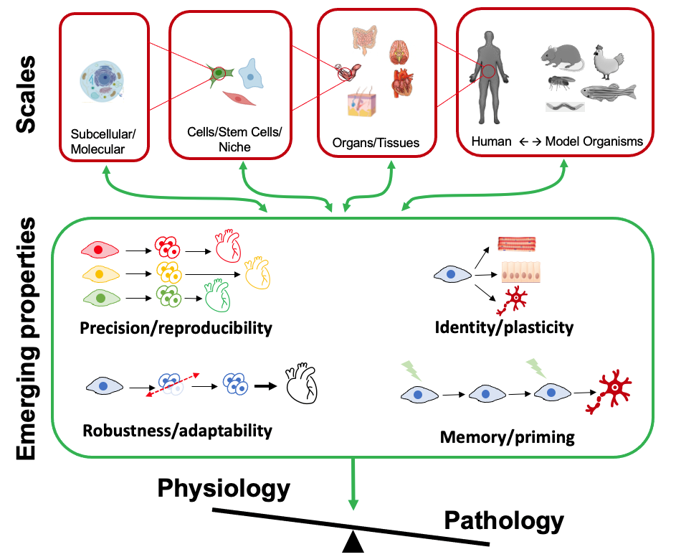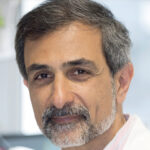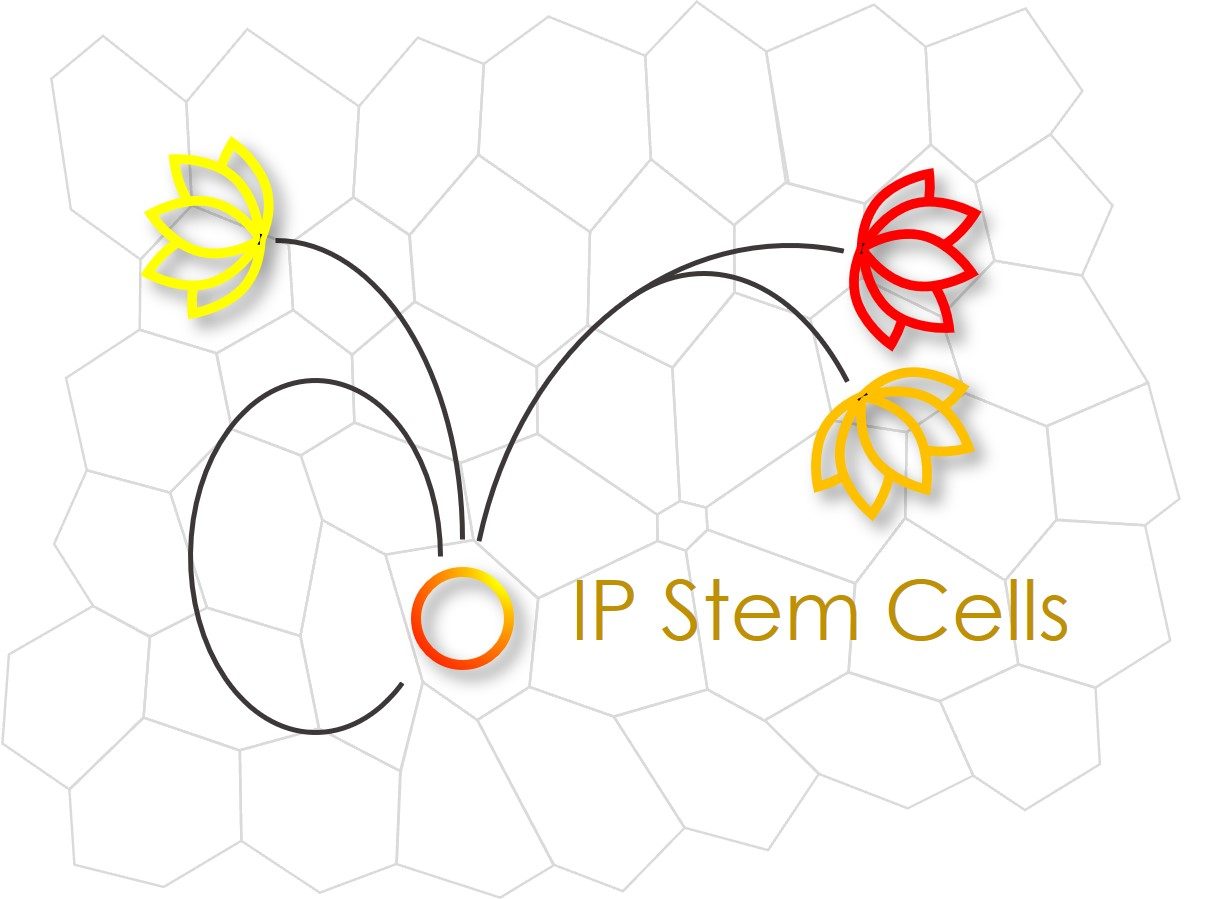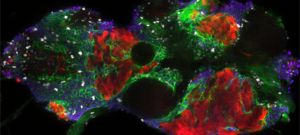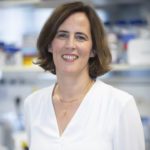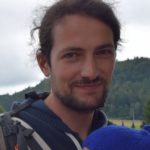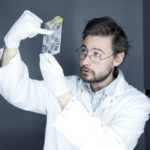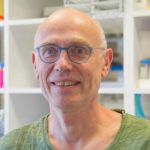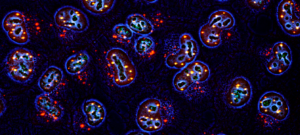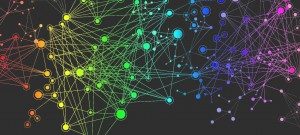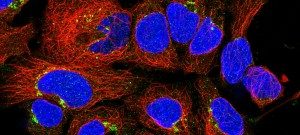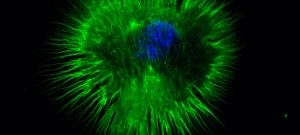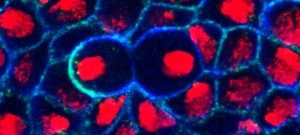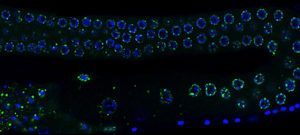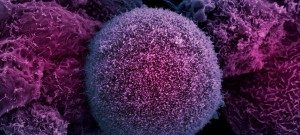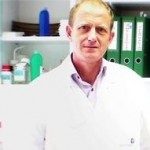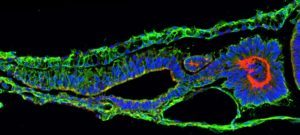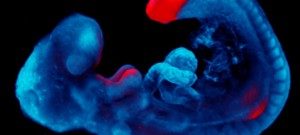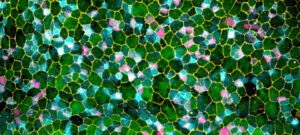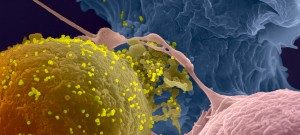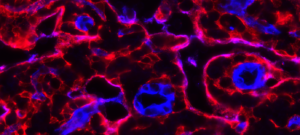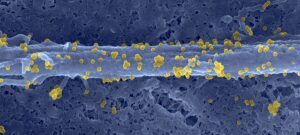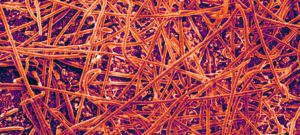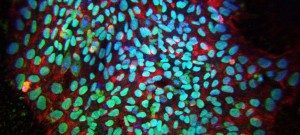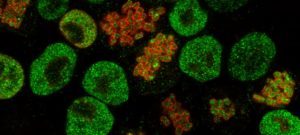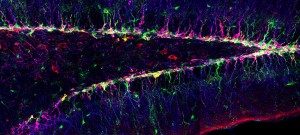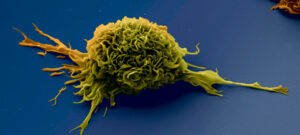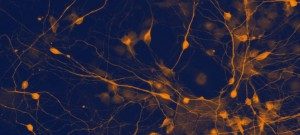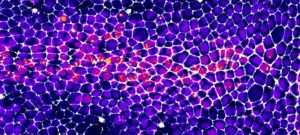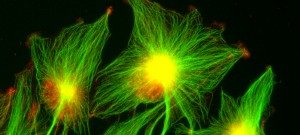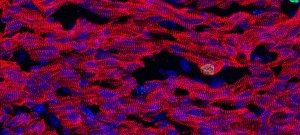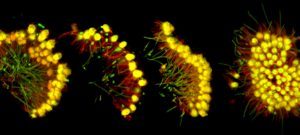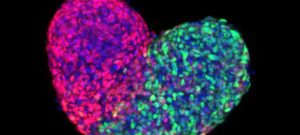The Stem Cell Concept – Constructing, Deconstructing and Reconstructing Tissues for organismal health
Human biology and molecular medicine are rapidly becoming data-rich fields that are fueled in part by large-scale longitudinal studies of patients involving imaging and omics. However, without the appropriate conceptual framework, gaining functional insights of medical relevance from this data is a major challenge.
Human physiology and health rely on quintessential properties of living tissues and organisms, namely their capacity to build reproducibly functional structures/organs (biological precision), to cope with perturbations (robustness and adaptability), and to develop new functionalities (plasticity). These emerging properties can be encapsulated at all scales (from molecules to cells, tissues, organs, and organisms) and integrate the life-history of the cells/organisms (through cellular memory and/or priming) and contextual information (neighboring cells/tissue/environment) (Figure 1). Therefore, multiscale studies of stem cells and cell ensembles, combined with computational approaches, can provide the context needed to understand human physiology in health and disease.
Work covered by the Stem Cell initiative addresses the mechanisms by which stem and progenitor cells choose and adjust their properties, position and fate at the interface of individual cellular programs and the tissue or organismal functional needs. At the molecular level, we study gene regulatory processes with an emphasis on the concepts of memory of past states and priming of new identities. At the cellular level, we aim to understand how cells integrate and process information to execute fate decisions such as proliferation, differentiation, or apoptosis. At the multi-cellular level, we focus on how critical cell-cell interactions and signaling, together with mechanical properties, result in the shape and function of tissues and organs. Eventually, we integrate long range communication between organs to understand the physiology and the adaption of the organism to fluctuating environment and stress.
By using cutting-edge technologies such as single cell multi-omics and imaging (from super resolution to whole mount 4D long-term live imaging), we aim to interpret these processes at the sub-cellular, cellular and supra-cellular levels and ultimately perform predictive biology in normal and pathological development and physiology. This will provide a powerful and rational approach to gain a mechanistic understanding and predictive power of human physiological systems so that patient care can be improved and new treatments for diseases developed.
Generating fundamental knowledge
- Molecular regulation of pluripotency and reprogramming
- Lineage progression, cell fate choices
- Tissue and organ formation, cell communities, morphogenesis
- Physiological tissue homeostasis and its alterations
- Tissue ageing, remodeling, regeneration and repair
Developing technologies exploiting Stem Cells or associated mechanisms
- iPSCs
- organoids
- embryoids
- organ on chip…
Building bridges towards key medical applications
- Congenital and developmental defects, reproductive medicine
- Cancer
- Ageing
- Regenerative medicine
- Long-term effects of organismal challenges (infection, nutrition, stress…)
